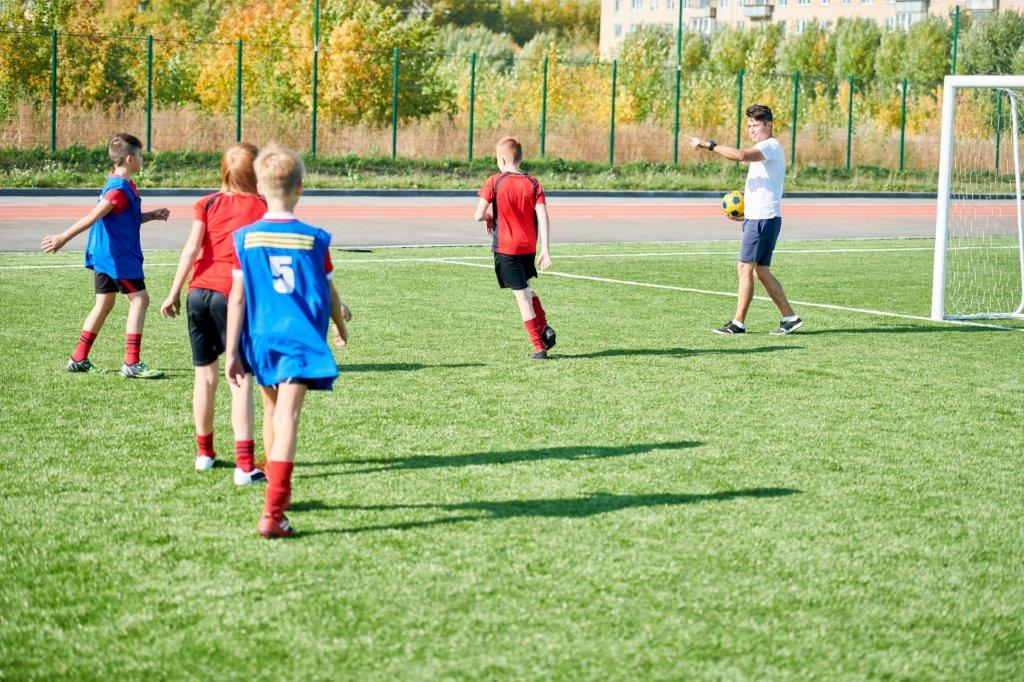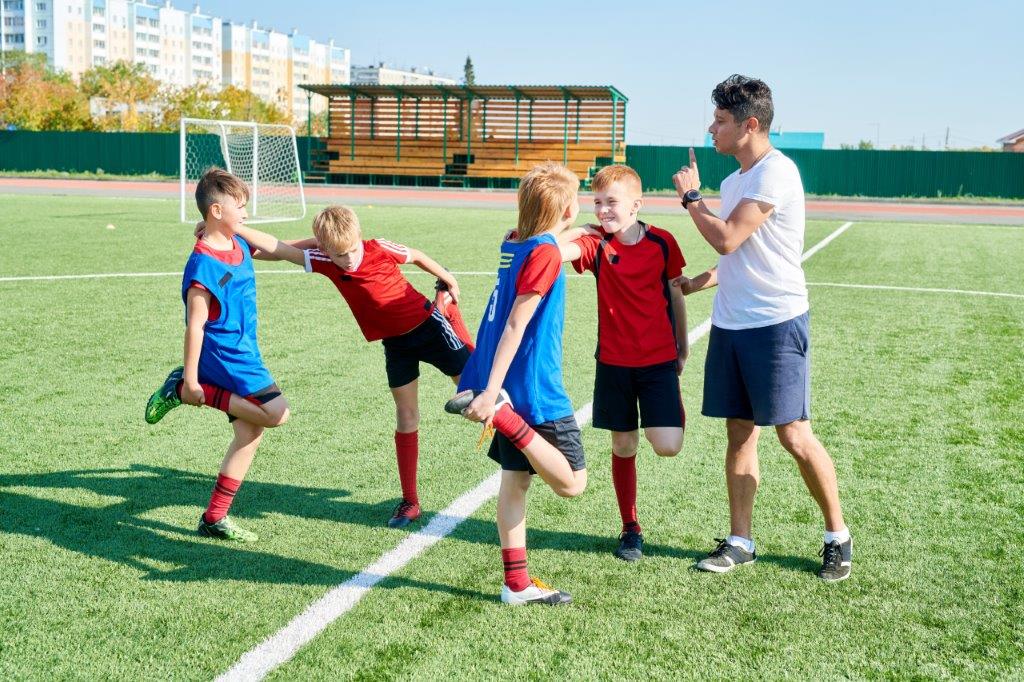Kids Practising Football: How Often Should They Train?
That is an excellent question! Recently, there has been a lot of emphasis on kids’ sports, and we’ve seen many prestigious institutes that are specifically designed to turn young kids into future star athletes.
There are no sure-fire formulas for estimating sports activity time for specific ages of children; it is always relative to the respective child in question. It also depends on their mental and physical abilities, as well as their enthusiasm for the game. Don’t worry, we’ll get into more specifics as the conversation progresses.
A good soccer player is formed through practice and repetition. However, the criteria for practice differ depending on age. Because we’re talking about young athletes, it will be difficult to keep your child’s practice and interest going at the same time. Here are a few factors that will influence how intensely your kid should practice or train:
the ‘age’ factor:
We’re not stating any statistics or strict timelines right now; we’re just keeping your child’s age in mind. The level of training required is determined by two factors.
The first is your child’s involvement. If you impose intense training hours on your child, they will gradually lose interest in the game they enjoy the most, which you do not want. Allow them to have fun until they reach adolescence. When your child reaches the age of 13, it is time to start working.

The second factor is your children’s nutrition. Physical activity is beneficial to children, but intense physical activity is dangerous for children under the age of 13. Allow their bodies to nourish themselves naturally through a healthy balance of physical activity. For children under the age of 13, one or two training sessions per week are sufficient, and you can gradually increase the intensity.
physical attributes:
When creating a soccer training routine for your child, you must consider his physical capacity as well as his age. The human body operates in a very systematic manner, alerting us when it is being pushed beyond its limits.
And you don’t want your children to be exhausted. If you make a plan while keeping their physical ability in mind, you will see your child having fun while learning and improving at soccer.
Another aspect is that each child’s physical development differs from one another. Some children make rapid physical progress, while others make slower progress. However, in both cases, their bodies should not be pushed beyond their limits.
Interests of Kids
When children discover something enjoyable, they tend to become more involved in that activity. It happens in soccer as well. If your kid is immensely passionate about football, it can be difficult to keep them away from the field. On the contrary, if they do not find it entertaining, it will take time for them to develop an interest in football.
The intensity with which kids practice football varies from one extreme to the other. This must be considered when planning their routine. If your child enjoys playing with the ball, you can schedule more training sessions per week if he doesn’t, give them time and ease them in with fewer football practices until they develop a fondness for the ball.
That concludes the theories. Here are some suggested training times for kids of various ages who play football. For a clearer understanding, we will go over each age category and its recommended training intensity one by one.

Kids Below 7 (Under 7s)
It’s the most vulnerable age group because they’re just getting familiar with the ball and the grass. At this point, once a week is the recommended number of training sessions. The training session should last 40-45 minutes, which is considered optimal.
Pushing your child beyond this optimum level may have negative consequences for his or her physical health.
Kids Below 9 (Under 9s)
By the age of nine, children begin to understand the concept of hard work and the sense of competition. That is when you can increase the intensity of their training for better results. The recommended number of training sessions in this age group is also once a week, but you can increase the duration of the training session. Make each session 60 minutes long.
Kids Below 13 (Under 13s)
Your child is getting closer to playing competitive football, and it’s time to start putting in the effort. The concept of practice and repetition enters the scenario here. They should now start working hard to improve their skill sets and understanding of the game. You can schedule up to three training sessions per week for this purpose, with each session lasting 75-80 minutes.
Teenagers Below 17 (Under 17s)
As they get closer to competitive football, the intensity of their work increases and football becomes much more than just a game. They begin to develop a sense of responsibility in their teens, and their bodies become stronger. As a result, they can now withstand high-intensity training and practices, both mentally and physically.
At this point, you can schedule up to four training sessions per week, with each session safely lasting no more than 1-2 hours.

keep up the supervision:
While implementing all of the methods mentioned above, keep an eye on and analyze your children. Check for signs of burnout, which is usually caused by children who play football too frequently, resulting in over-training.
Here are a few symptoms of a kid being over-trained.
- Keep an eye out for signs that your child is losing interest in the training.
- If your child is tired all day, it may be time to reduce training intensity.
- Your child is experiencing pain because he is physically exhausted.
There are numerous other logical symptoms that you can observe, but the main goal is to keep your child from entering the red zone of mental and physical exhaustion. Their growing bodies require proper nutrition as well as physical activity. Being overworked and overtrained can cause physical strains on their bodies for the rest of their lives.
Conclusion
Kids practicing football is a very sensitive topic to discuss, and you should seek medical advice before making training schedules for your child. We’ve provided general guidelines and recommended levels for each age group.
As we mentioned at the outset, all of this information may differ from child to child because each one is unique. The main idea is to make football more enjoyable for your children and to keep them from becoming physically exhausted so that they can continue to enjoy and develop their skills in the beautiful game.








